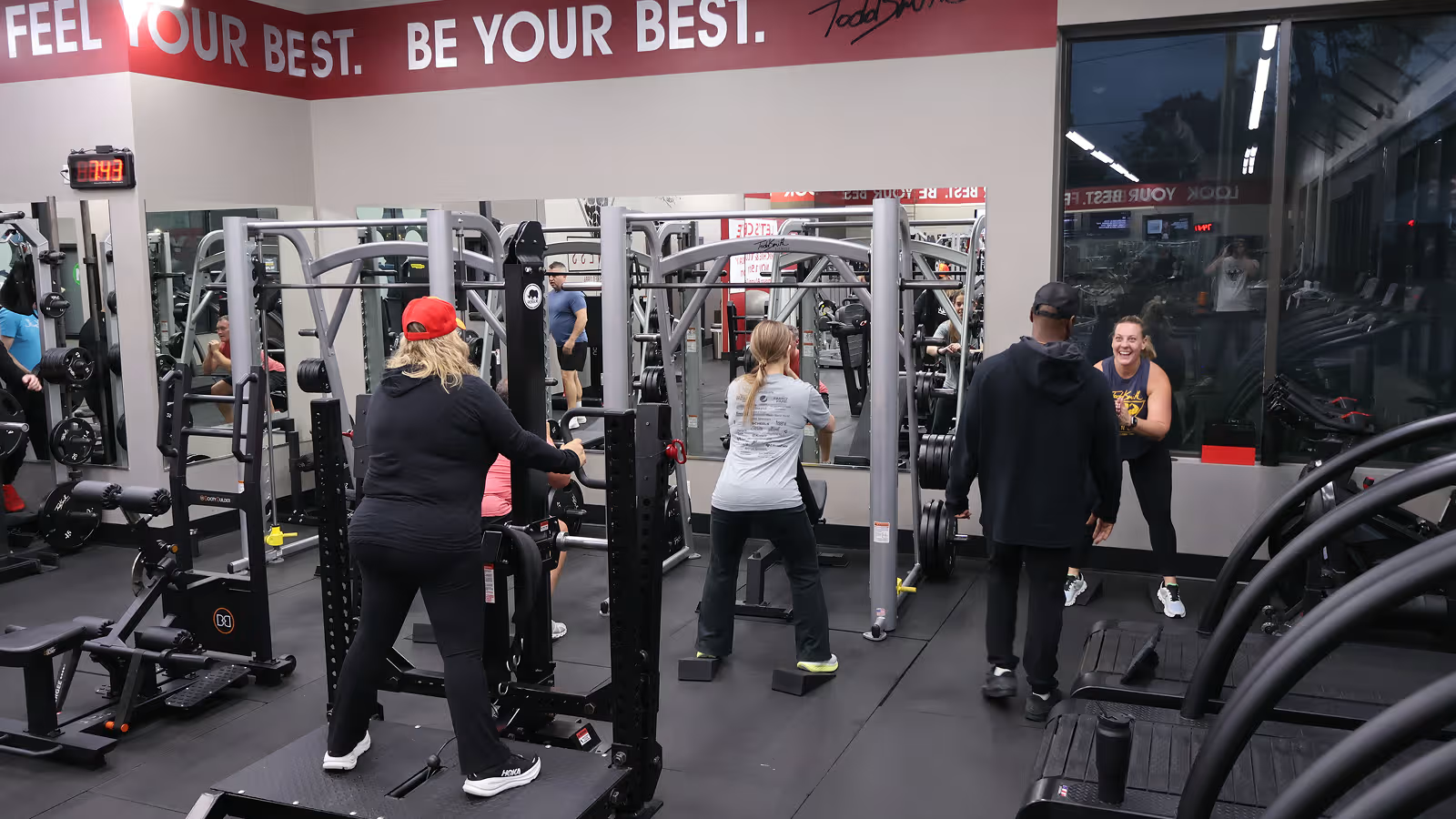Most people think the key to better results is more. More workouts, more sets, more soreness. But if you’re over 40, balancing work, life, and recovery, you don’t need more, you need better.
That’s where Raw Stimulus Magnitude (RSM) comes in.
What Is RSM?
Raw Stimulus Magnitude is a fancy term for something simple: How strong is the signal you're sending to your muscles to grow?
It’s not just how much weight you lift or how long you’re in the gym. It’s the total quality and intensity of the work you do, and whether your body actually perceives it as a reason to adapt.
Think of RSM as the “volume knob” on your workout.
Too low? Your muscles don’t notice.
Too high? You can’t recover.
The goal: turn it up just enough to build muscle safely and efficiently.
Why This Matters After 40
As we age, our recovery window narrows, but our potential to build and maintain muscle is still strong if we train smart.
RSM helps you:
- Build strength without trashing your joints
- See progress in less time
- Avoid plateaus without jumping to extreme programs
This is efficiency, not intensity for intensity’s sake.
How RSM Shows Up in Your Training
Three key elements turn a workout into a muscle-building stimulus:
- Challenge: The sets need to be hard enough to signal growth. That doesn’t mean failure every time, but close enough that your muscles take notice.
- Intentional Effort: Are you just going through the motions, or are you applying tension with focus? A lighter load done with control and intent can drive more RSM than heavy weights with poor form.
- Consistency over Volume: Hitting the right RSM a few times per week consistently beats sporadic high-volume sessions that leave you sore but stagnant.
RSM vs. Just Working Out
Here’s the truth: Two people can do the same workout, but only one sends a strong enough signal to grow.
RSM is the difference between:
- Lifting weight vs. training your muscle
- Finishing a workout vs. getting something out of it
- Staying stuck vs. seeing your body actually change
You Don’t Need to Feel Wrecked to Make Progress
Soreness is not a signal of success. Nor is exhaustion. The real marker? Progressively applying the right kind of stress, the kind your body can respond to and recover from.
RSM helps you walk that line.
Why Your Training Might Not Be Working
If you’ve been:
- Doing the same exercises for months with no change
- Leaving the gym tired but not stronger
- Confused why you’re not building muscle…
…it’s likely the stimulus just isn’t strong enough. You’re moving, but not progressing. RSM flips that script.
In Practice: What to Focus On
You don’t need complex tracking or fancy programs to start applying RSM:
- Choose challenging weights that make your muscles work, don’t coast.
- Use controlled, focused reps that keep tension where you want it.
- Stop chasing variety, repeat quality movements and progress them over time.
- Adjust your recovery to match the work. The more effective your stimulus, the more dialed-in your rest and nutrition need to be.
Final Word
RSM isn’t a trend or technique, it’s the underlying principle of why training works.
If you’re serious about making progress without wasting time or wrecking your joints, this is the concept that makes everything else click. It’s how you train smarter, not harder. And it’s the foundation of every efficient, sustainable fitness plan for high-performing adults over 40.
Train with intent. Dial up the right signal. Let your body do the rest.








